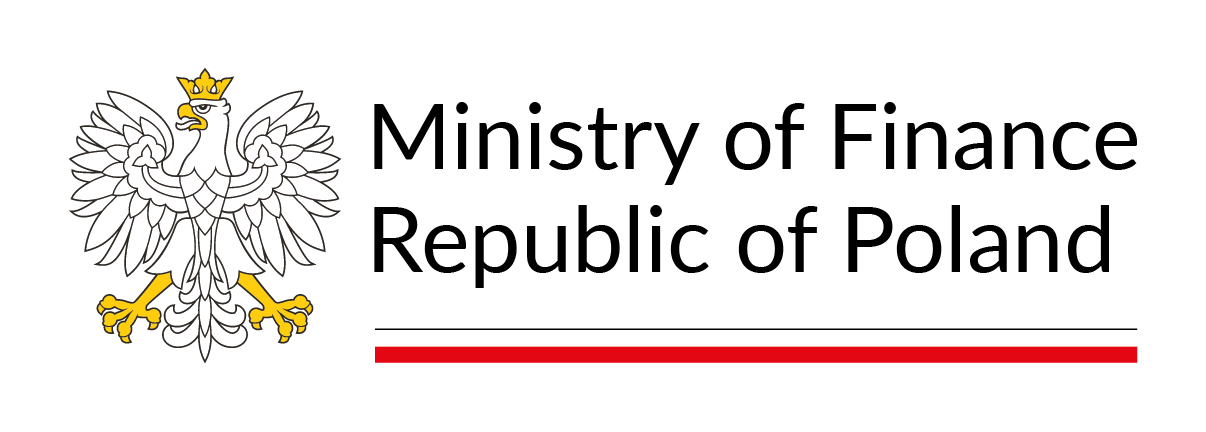Fitch rating agency affirmed Poland’s credit rating
10.11.2023
- On 10 November 2023 rating agency Fitch announced a decision about keeping Poland’s credit rating unchanged at the level of A-/F1 for long and short term liabilities, respectively, in foreign currency and A-/F1 for long and short term liabilities in local currency.
- Rating’s outlook remained at a stable level.
Fitch rating agency in its press release justifying the decision indicates a diversified economy and a fairly sound macroeconomic framework anchored by EU membership, improving external finances and lower public debt levels than rated peers. This is balanced against lower governance indicators and income levels than the 'A' medians, as well as higher inflation volatility.
Fitch expects GDP growth to rise to 2.4% in 2024, following weak performance this year (revised forecast for 2023 of 0,4% GDP growth) but medium-term perspective is favourable: forecast growth of 3.2% in 2025, and at similar levels over the medium term, which implies continued income convergence with EU peers. Demographics will remain a key headwind, offset to some extent by rising productivity and capital accumulation. The next years could see an acceleration of investment dynamics driven by nearshoring activity and EU funds.
Rating prospects
Factors that could, individually or collectively, lead to positive rating action/upgrade in the area of public finances are the following: fiscal consolidation over the medium term that leads to a firm decline in government debt to GDP ratio, in macro area faster income convergence towards the 'A' category median, supported by policies that do not lead to macro, fiscal or external imbalances and in the area of structural changes favourable prospects could be supported by sizable improvement in governance indicators, which could reflect improvement in the policy framework and rule of law.
Factors that could, individually or collectively, lead to negative rating action/downgrade are: rapid increase in government debt over the medium term, for example, from a failure to narrow the budget deficit sufficiently. Further risk factors are materially lower medium-term growth and a sustained deterioration in external finances, for example due to an erosion in competitiveness and/or inflation entrenched at high levels.
